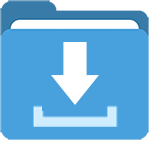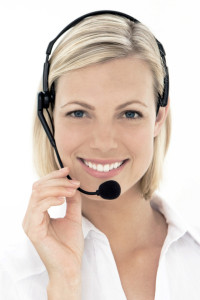The Thor Fiber Multi-Output F-EDFA-XX-YY series is designed for use in CATV, FTTH, and HFC networks. It’s well-suited for both long-distance optical transmission and local fiber distribution. Housed in a standard 19” rackmount chassis, each unit is available with 4,8, 16, 32, or 64 output ports, and supports a range of output power levels to meet various system requirements.
Output power is available from +14 dBm to +23 dBm, with custom configurations available upon request.
Operating in the 1550nm wavelength range, this amplifier series covers the full gain window of 1540–1560nm. It offers a reliable and cost-effective solution for scaling broadband video networks.
Thor’s multi-port EDFAs are engineered for high-performance transmission of both CATV RF analog signals (NTSC/PAL) and digital signals (QAM or ATSC). They utilize high-quality pump lasers and premium erbium-doped fiber components to ensure stable and long-lasting operation. Built-in APC, ACC, and ATC circuitry helps regulate output power and protect the system under varying conditions.
Each unit features a front-panel LCD display for real-time status and alarm monitoring. For added safety, the laser will automatically shut down if input power is lost, protecting both the equipment and your network.

 ES
ES














